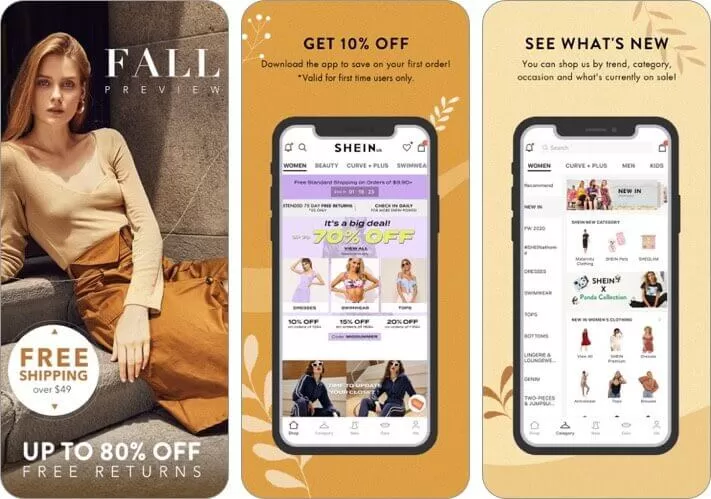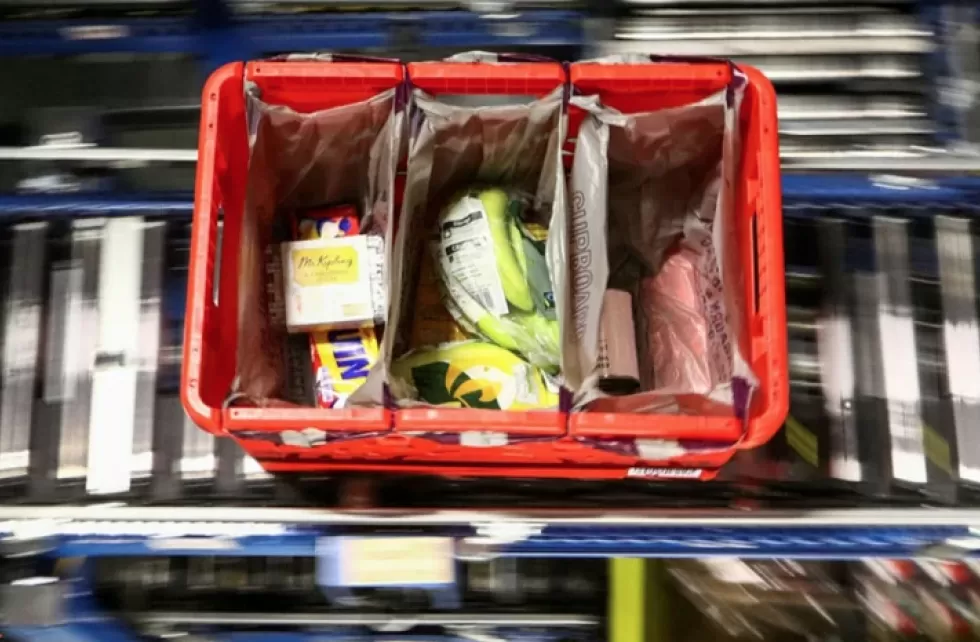MarketingWeek recently published an article on the changing fabric of online retail shopping. It’s clear from the article that ecommerce hyper-personalisation is taking over. 94% of companies agree that hyper-personalisation ‘is critical to current and future success.’
Just in case you didn’t realise, it’s because hyper-personalisation converts. And the more individual the personalisation, the more it converts.
The main purpose of the article is to draw attention to fashion retailers beginning to use more technology to enhance and hyper-personalise the online shopping experience.
One example of AI machine learning hyper-personalisation outlined in the article is women’s clothing brand Baukjen’s free eStylist service. The eStylist service is a personal shopper service offered via live video chat. A concept which can be mirrored with text-based live chat.
“The eStylist service is a way of providing a boutique experience online,” head of customer operations Chloe Smith says. It works by shoppers outlining what they’d like help with ahead of a session, giving the stylist time to select relevant clothes, which they then present to customers via a live video chat.
“The key is developing a relationship; our customers come back to us for guidance and tips time and time again as we offer genuine advice, not a sales pitch.”
A strategy can be developed for any online store (fashion or non-fashion) to offer up a similar ecommerce personalisation to their customers. Not necessarily with customers having to outline what they’d like beforehand.
Live chat is a great way for customers to tell an agent exactly what they are looking for, what they have already bought and what they need help with while they are shopping on your site. The live chat agents can act as personal shoppers and give great personalised recommendations based on the customers’ requirements.
Live chat provides that boutique experience which currently doesn’t feature on the majority of online stores. Results are good for Baukjen, “with 94 per cent of session customers going on to purchase and their average order value is 28 per cent higher than for customers who don’t use the service” says Smith.
As Matt Atkinson, chief marketing officer at Tesco says, “Wherever you make a journey more relevant and helpful it improves sales and customer experience.
“So long as you apply that principle the uplifts come, and although it can be variable, it tends to be in magnitudes of 15-20 per cent better.”
Offering this personalisation in ecommerce doesn’t just increase conversion in the short term, it also builds a better relationship with customers through increased customer satisfaction. Consumers appreciate having a shopping experience that is built around what they want and need. They don’t appreciate being pushed to generic recommendations or offers.
The main takeaway from the article from MarketingWeek is that technology and hyper-personalisation are evolving in the fashion industry. If you’re an online retailer in fashion or another industry, you should be seriously considering ecommerce hyper-personalisation. The distinction between solutions is considerable and we have prepared a report so you can consider the leading 30 vendors.





